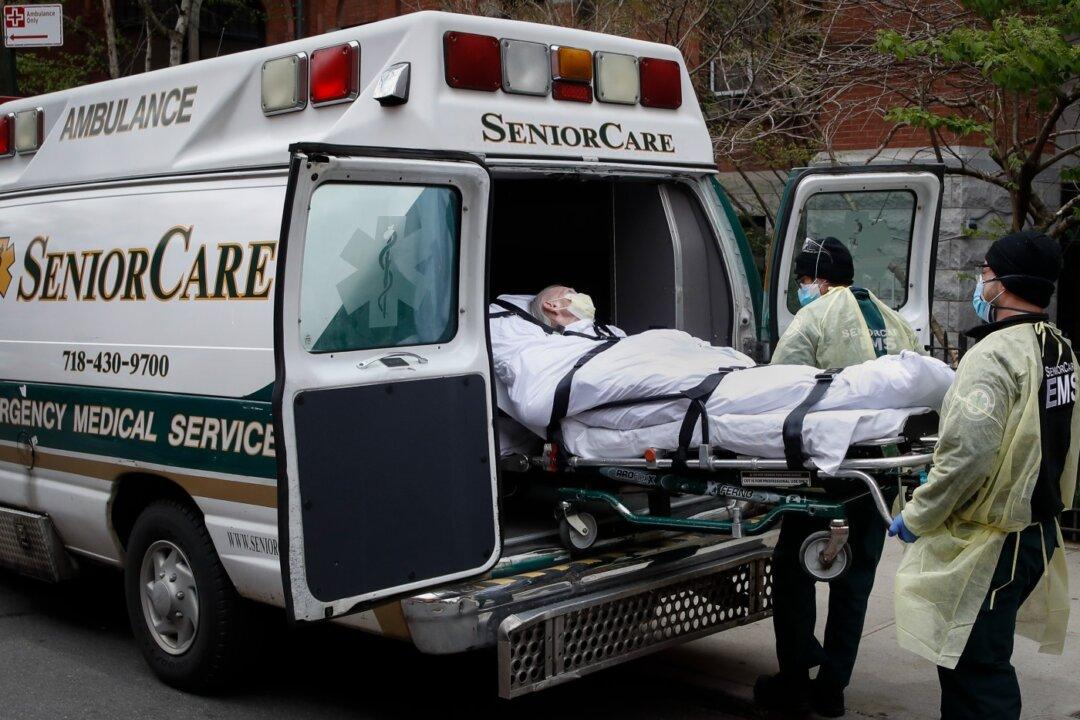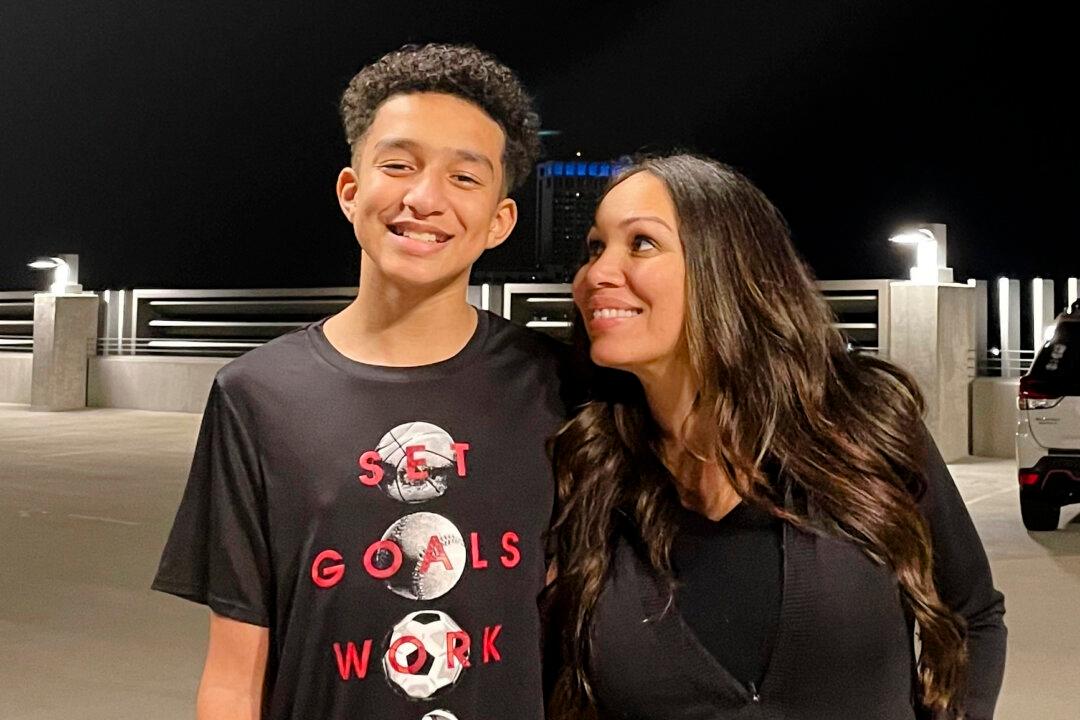WASHINGTON—Deaths among Medicare patients in nursing homes soared by 32 percent last year, with two devastating spikes eight months apart, a government watchdog reported Tuesday in the most comprehensive look yet at the ravages of COVID-19 among its most vulnerable victims.
The report from the inspector general of the Department of Health and Human Services found that about 4 in 10 Medicare recipients in nursing homes had or likely had COVID-19 in 2020, and that deaths overall jumped by 169,291 from the previous year, before the coronavirus appeared.





